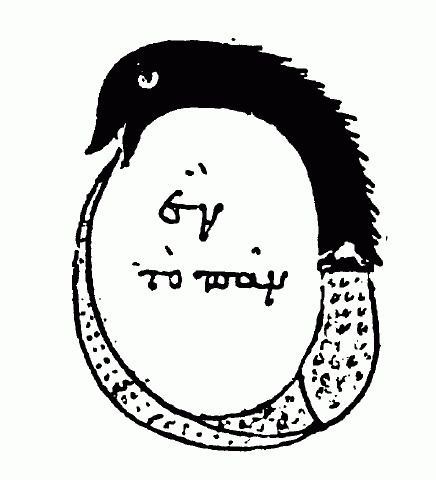 | ||
In alchemy, the term chrysopoeia (Greek: χρυσοποιία) means transmutation into gold (from the Greek χρυσός khrusos, "gold," and ποιεῖν poiēin, "to make"). It is symbolically used to indicate the creation of the philosopher's stone and the completion of the Great Work.
The word was used in the title of an alchemical papyrus, the Chrysopoeia of Cleopatra, which was written in the first centuries of the Christian era. The papyrus features the idea of "one the all" (Greek: εν το παν), a concept that is related to ouroboros and to hermetic wisdom. Stephen of Alexandria wrote a De Chrysopoeia. Chrysopoeia is also a 1515 poem by Giovanni Augurello.
Chrysopoeia is also mentioned in the fairy tale Rumpelstilskin, where the character of the same name can spin straw into gold.
Nuclear reactors and particle accelerators have made chrysopoeia possible, and isotopes of gold can be synthesized from platinum and mercury by neutron bombardment. However, the cost of synthesizing gold is much higher than of market gold.
